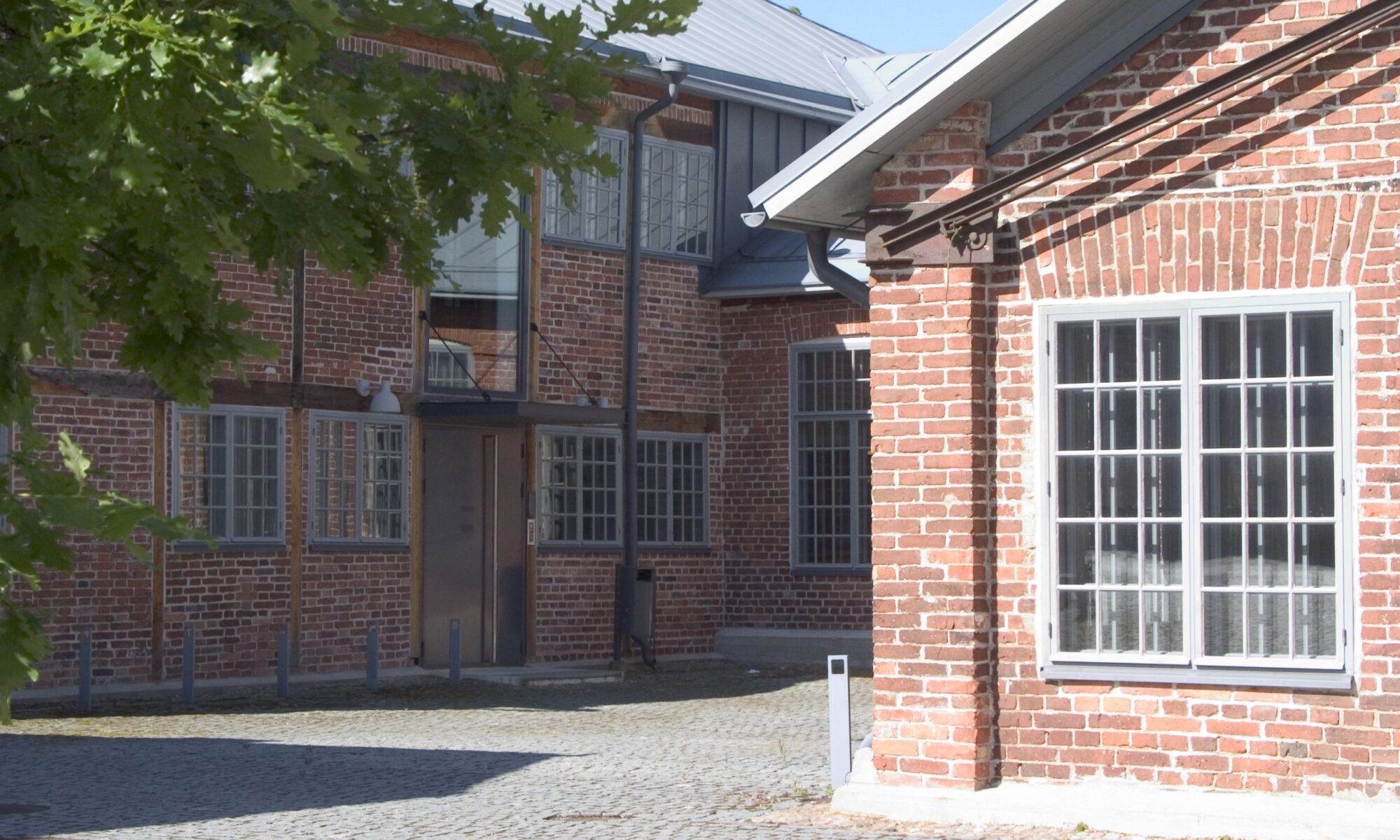Milena Podolsak, Stockholm University
The language of politics makes regular use of motion metaphors. This has been shown by discursive and corpus approaches to conceptual metaphor (e.g. Musolff 2004, Semino 2008), but such studies often focus on non-schematic elements of journey metaphor, such as MODE OF TRAVEL or CROSSROAD. The intricate mechanism of mappings involving the MOTION domain, as well as Force Dynamics (Talmy 2000) aspect of it, are thus left largely unexamined. My study focuses on how political speakers assign agentivity by utilizing general motion metaphors, such as “Sweden is going in the wrong direction” (Ulf Kristersson, the Moderate Party, 2020) and “we need to take the Swedish countryside forward” (Annie Lööf, the Centre Party, 2021). Metaphorical motion is analyzed by adapting the analytical model for cross-linguistic examination of non-figurative motion, developed within Holistic Spatial Semantics (Zlatev et al. 2010). I argue that this approach is particularly suitable for showing the inner workings and rhetorical effects of abstract motion observed in the compiled corpus of Swedish political speeches. Firstly, HSS-approach is highly precise when it comes to numerous semantic components expressing motion. Secondly, its view of meaning as being distributed across the whole utterance (Naidu et al. 2018: 9) is particularly suitable for analyzing the argumentative role of metaphor. In other words, HSS does not regard any component as central to the meaning construction and allows one to incorporate situational context and pragmatic knowledge into the analysis.
By classifying different types of metaphorical motion and by comparing them, this study shows that certain lexicogrammatical constructions expressing motion are preferred and formulaically used by politicians. The analysis of semantic roles of participants in figurative motion situations reveals how complex political processes are conceptualized as forces causing and/or controlling the figurative change of location. Abstract notions such as “the Swedish society” and “our land” are systematically framed in two opposite ways depending on the speaker’s rhetorical strategy – either as an active entity propelling its own motion or as a passive entity set in motion by an Agent or an Instrument. These conclusions contribute to a more nuanced understanding of motion metaphors in political argumentation, both as an entrenched conceptual structure in its own right but also as building material for creative metaphorical extensions.
References
Musolff, A. (2004). Metaphor and political discourse. Analogical reasoning in debates about Europe. Basingstoke: Palgrave Macmillan.
Naidu, V., Zlatev, J., Duggirala, V., Weijer, J. V. D., Devylder, S., & Blomberg, J. (2018). Holistic spatial semantics and post-Talmian motion event typology: A case study of Thai and Telugu. Cognitive Semiotics, 11(2). https://doi.org/10.1515/cogsem-2018-2002
Semino, E. (2008). Metaphor in discourse. Cambridge: Cambridge University Press.
Talmy, L. (2000). Toward a Cognitive Semantics: Concept Structuring Systems (Vol. 1). Cambridge: MIT Press.
Zlatev, J., Blomberg, J., & David, C. (2010). Translocation, language and the categorization of experience. In V. Evans & P. Chilton (Eds.), Language, Cognition and Space – The State of the Art and New Directions, pp. 389-418. https://journals.equinoxpub.com/books/article/view/22050
